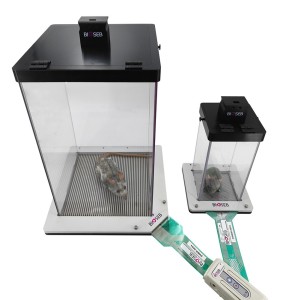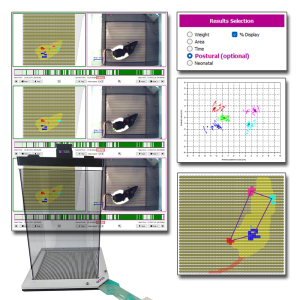Authors
YM Lee, SN Cho, E Son, CH Song, DS Kim et al
Lab
Herbal Medicine Research Division, Korea Institute of Oriental Medicine, Daejeon, South Korea
Journal
Journal of Ethnopharmacology
Abstract
Abstract
Ethnopharmacological relevance Bee venom (BV) has been used for the treatment of inflammatory diseases, such as rheumatoid arthritis, and for the relief of pain in traditional oriental medicine.
Aim of study The aim of this study was to determine the anti-inflammatory effect of BV on monosodium urate (MSU)-induced gouty arthritis in a mouse model.
Materials and methods To develop a mouse model of acute gouty arthritis, 4 mg 50 microL_1 of MSU crystal suspension was injected intradermally into the right paw. After MSU crystal injection, we evaluated inflammatory cytokine production in mice of the BV-treated (0.5 and 1 mg kg_1 body weight) and apamin (APM)-treated (0.5 and 1 mg kg_1 body weight) groups. The positive control group was administered a colchicine (1 mg kg_1 body weight) injection with MSU crystals.
Results BV and APM treatment suppressed inflammatory paw edema in MSU-administered mice. It also exerted anti-inflammatory effects in mice with gouty arthritis by inhibiting proinflammatory cytokine production and inflammasome formation. Interestingly, MSU crystal formation was decreased by BV and APM treatment.
Conclusions These results suggest that the APM from BV might be useful for the treatment of gouty arthritis due to its anti-inflammatory activities.
BIOSEB Instruments Used
Dynamic Weight Bearing 2.0 (BIO-DWB-DUAL)
Source :
https://www.sciencedirect.com/science/article/abs/pii/S0378874119348585

 Pain - Thermal Allodynia / Hyperalgesia
Pain - Thermal Allodynia / Hyperalgesia Pain - Spontaneous Pain - Postural Deficit
Pain - Spontaneous Pain - Postural Deficit Pain - Mechanical Allodynia / Hyperalgesia
Pain - Mechanical Allodynia / Hyperalgesia Learning/Memory - Attention - Addiction
Learning/Memory - Attention - Addiction Physiology & Respiratory Research
Physiology & Respiratory Research











![Dynamic Weight Bearing 2.0 – Postural Module [Add-on]](https://bioseb.com/733-home_default/dynamic-weight-bearing-20-add-on-postural-module.jpg)
























 Pain
Pain Central Nervous System (CNS)
Central Nervous System (CNS) Neurodegeneration
Neurodegeneration Sensory system
Sensory system Motor control
Motor control Mood Disorders
Mood Disorders Other disorders
Other disorders Muscular system
Muscular system Joints
Joints Metabolism
Metabolism Cross-disciplinary subjects
Cross-disciplinary subjects CONFERENCES & MEETINGS
CONFERENCES & MEETINGS 
